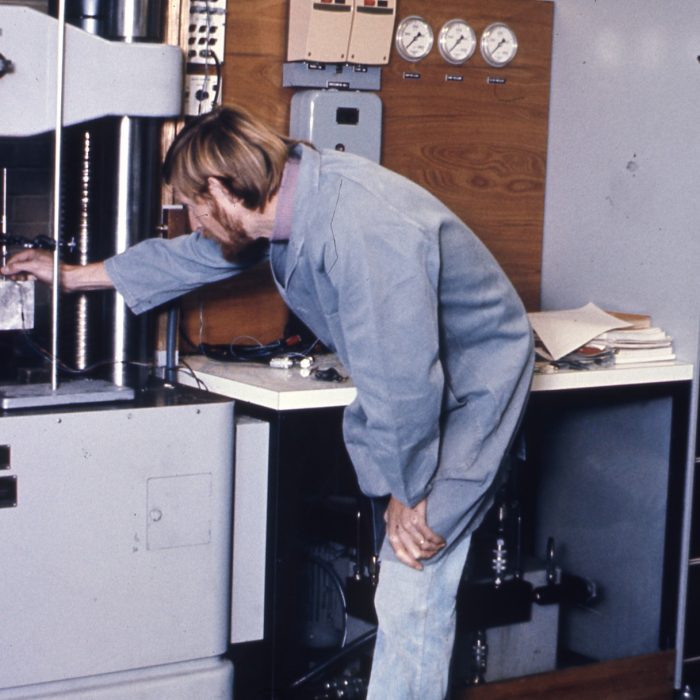Titling records

Record containers
All records in RAMS are captured to a container. A RAMS container allows us to organise records by the specific process or activity being carried out.
Every RAMS container has a few key components:
- Record Type
The default is ‘UNSW Electronic Folder’. This is the one to use unless you have been otherwise advised. - Record Number
This is the unique reference number for the container. All documents within the container will inherit this number plus a 3 digit extension (-001, -002 etc.) - Record Security
The security controls for records in RAMS are always applied at the container level. - Record Title
RAMS container titles use two pre-defined classification terms, a function and an activity, followed by your own description of the contents.
RAMS Container Record Title:
Function + Activity + [Free Text Title]
RAMS Container Record Titles
UNSW uses a BCS (Business Classification Scheme) to define these classification terms.
The BCS is a list of the Universities’ business functions, along with the associated activities of each function.
By combining a function and an activity, we can specify the business action being documented and once we've added a meaningful title, easily relocate this information when it's required.
Here are some examples of RAMS Container Record Titles showing the function and activity in capitals, followed by free text to clarify the activity being captured:
COMMUNITY – EVENTS – School of Dark Arts – Graduation Ceremony 2019
PROPERTY – INSTALLATION – Whomping Willow – Collision Avoidance Lights – June 2020
STRATEGIC – PLANNING – Hogwart’s Transport Infrastructure Review – Project 9.5
STUDENT ADMINISTRATION – APPLICATIONS – Muggle Access Scheme – A to G – S1 2019
This process is only necessary when creating a new container for a new business activity. Once the container is created, you may simply add new records to it.
The current version (v4.0) of the Business Classification Scheme (BCS) is available within RAMS and here:
The BCS may also be used to organise your network drive, or other information. You may also take only the parts that are relevant to your work into a separate document, a Record Plan.
RAMS Document Titles
The University has an approved Guideline for titling. You can access it here.
It is recommended to title records consistently across media to allow for consistent identification, capture and retrieval of information.
The following general guidelines are recommended:
- Punctuation (commas, apostrophes, quotation marks) should be avoided except where they form part of a proper noun (e.g. St Vincent’s Hospital). Full stops can be used if required.
- Hyphens are used - to separate different components of free text titles - but must always be surrounded by spaces. i.e.; RAMS Training - Quick Reference Guide - Revising Records.
- Avoid the use of filler words such as “about”, “also”, “whom” etc.
- Limit text - essential words - aid retrieval - summarise content.
- Text must be entered in normal prose format. For the purpose of consistency and ease of viewing, use capitals for proper nouns and avoid the use of ALL CAPITAL or all lower case.
- Abbreviations should be contained within parenthesis and directly follow the unabbreviated name of the body or project - e.g. Honorary Degrees Committee (HDC)
- Dates should be entered as dd month yyyy - e.g. 29 March 2019.
- Do not abbreviate the month or year. Always include the full date, or month, or year where applicable.
- For date ranges, separate dates by space to space - e.g. March 2019 to June 2020.
- Student names must use the format: SURNAME, First Name(s) - e.g. ALBANY, Marise
- All other names may be entered as INITIAL(S) Surname - e.g. J Rodriguez
Business Classification Scheme
Classify your records and information using the University's BCS (Business Classification Scheme.)
Have a question?
Contact the Records Team on 02 9385 2861 or email records@unsw.edu.au / Contact the Archives Team on 02 9385 2906 or email archives@unsw.edu.au
